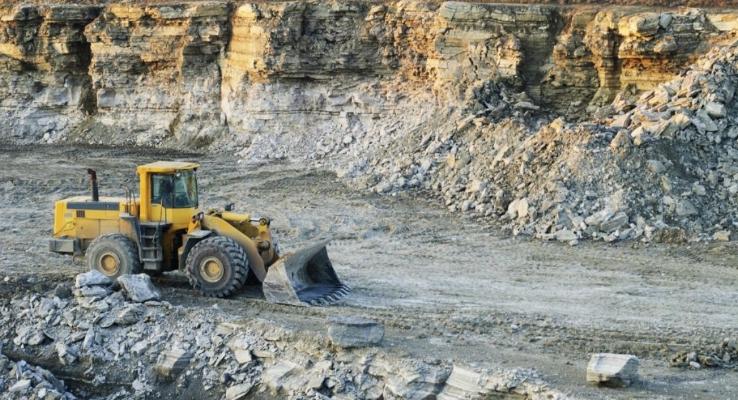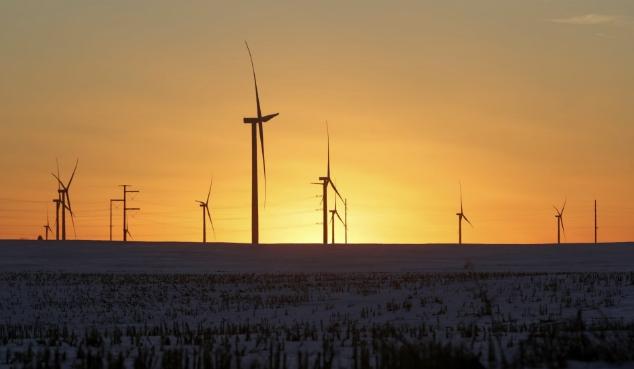Since the inception of the U.S. Inflation Reduction Act (IRA), the mining sector is scrambling to keep up with a surge in demand for metals essential to electric vehicles (EVs).
“The energy transition is really heating up the pressures on mineral supplies, and the IRA is adding a lot to those challenges,” says Dan Yergin of S&P Global.
As the legislation nears its first anniversary, tax incentives have significantly lifted demand for EV metals. Forecasts for these metals have seen a 12% to 15% jump since the IRA was enacted last August, intensifying the rush for adequate supply.
Exponential Growth in Metal Demand
The future looks electrifying, but can mineral supplies keep pace? By 2035, the appetite for lithium, nickel, cobalt, and copper — all crucial for EVs and electronics — is set to skyrocket, with some like lithium expected to see a 23-fold increase over 2021 levels.
Copper demand is projected to double. The push for green energy, bolstered by over $400 billion in new projects spurred by the IRA, is triggering a multibillion-dollar boom in mineral demand.
“The IRA is working as intended, as a magnet for investment,” Yergin observes.
Permitting Pains Slow Mining Progress
Despite the IRA’s magnetic pull for investments, the report highlights that permitting hurdles are stalling progress. Only lithium seems promising, thanks to boosts from Australian and Chilean sources. However, the U.S. might face a crunch in nickel and cobalt supplies, essential for the green transition.
“Expediting reform, while making sure the environmental and community aspects remain an important part of the topic, has to be considered,” notes Mohsen Bonakdarpour of S&P Global.
Recycling Can’t Catch Up
Recycling has been touted as a savior for raw material shortages, but the report casts doubt on its capacity to meet the ballooning demand over the next decade. As the world gears up for a low-carbon future, with ambitious “net zero” goals, the current pace of recycling won’t suffice to bridge the gap between supply and expected global demand.
Geopolitical Tangles in Mineral Trade
The scramble for minerals is drawing geopolitical battle lines, especially as Washington looks to broaden international partnerships to mitigate reliance on imports. A deal inked with Japan in March exemplifies such strategies. Yergin encapsulates the emerging scenario:
“The global trade in minerals will increasingly reflect the competition between the U.S. and China, as well as Europe, for those supplies.”
He underscores that “mineral supply is going to be increasingly entangled with geopolitics,” signaling a complex future for the green energy transition.



